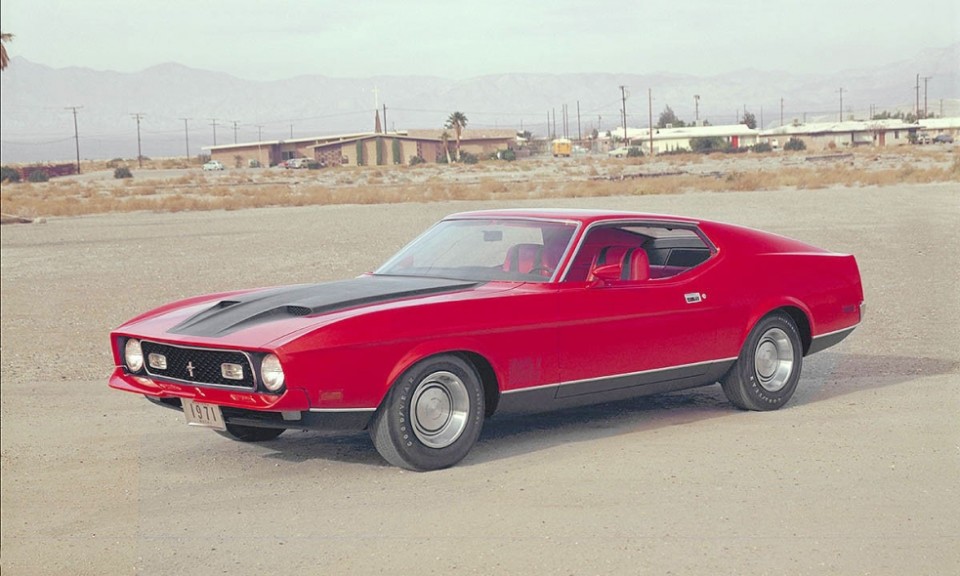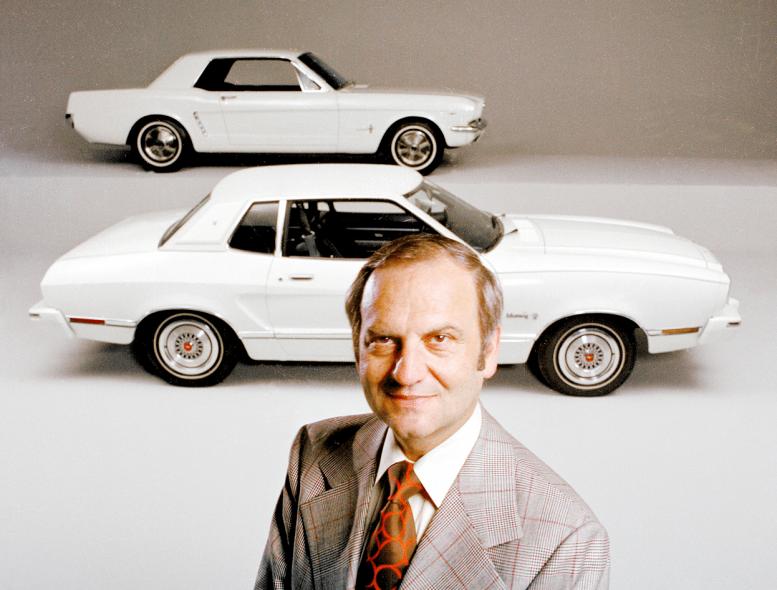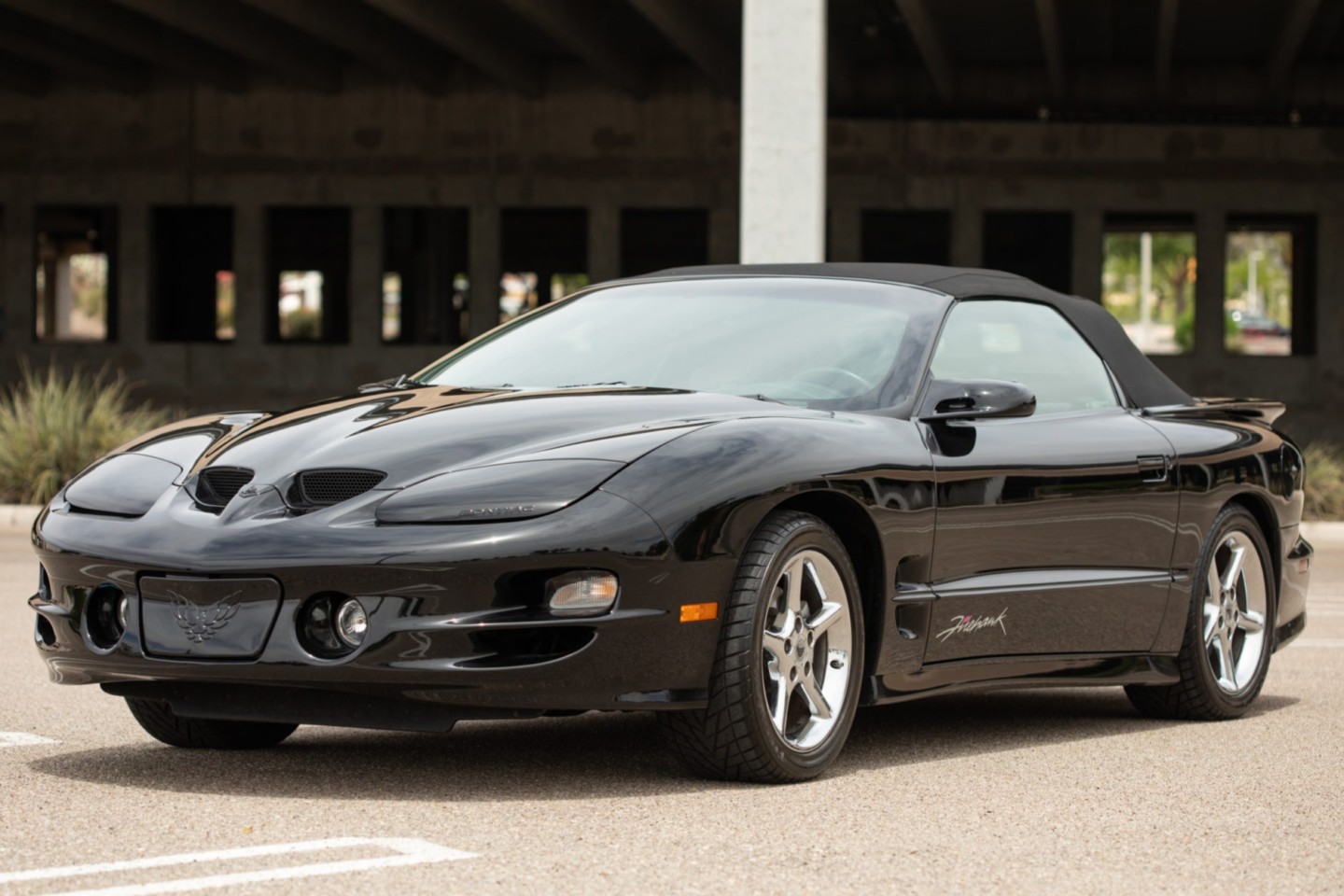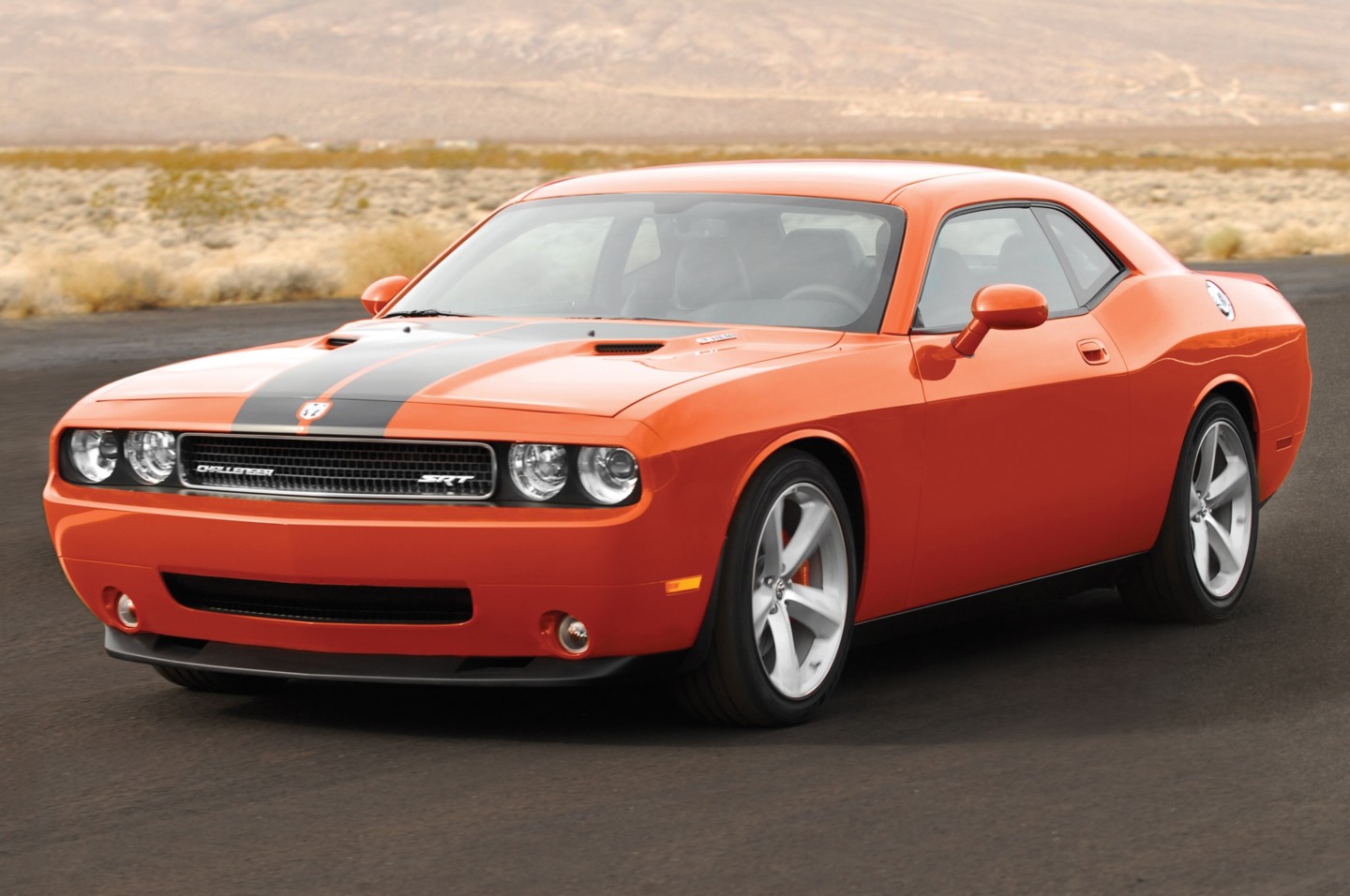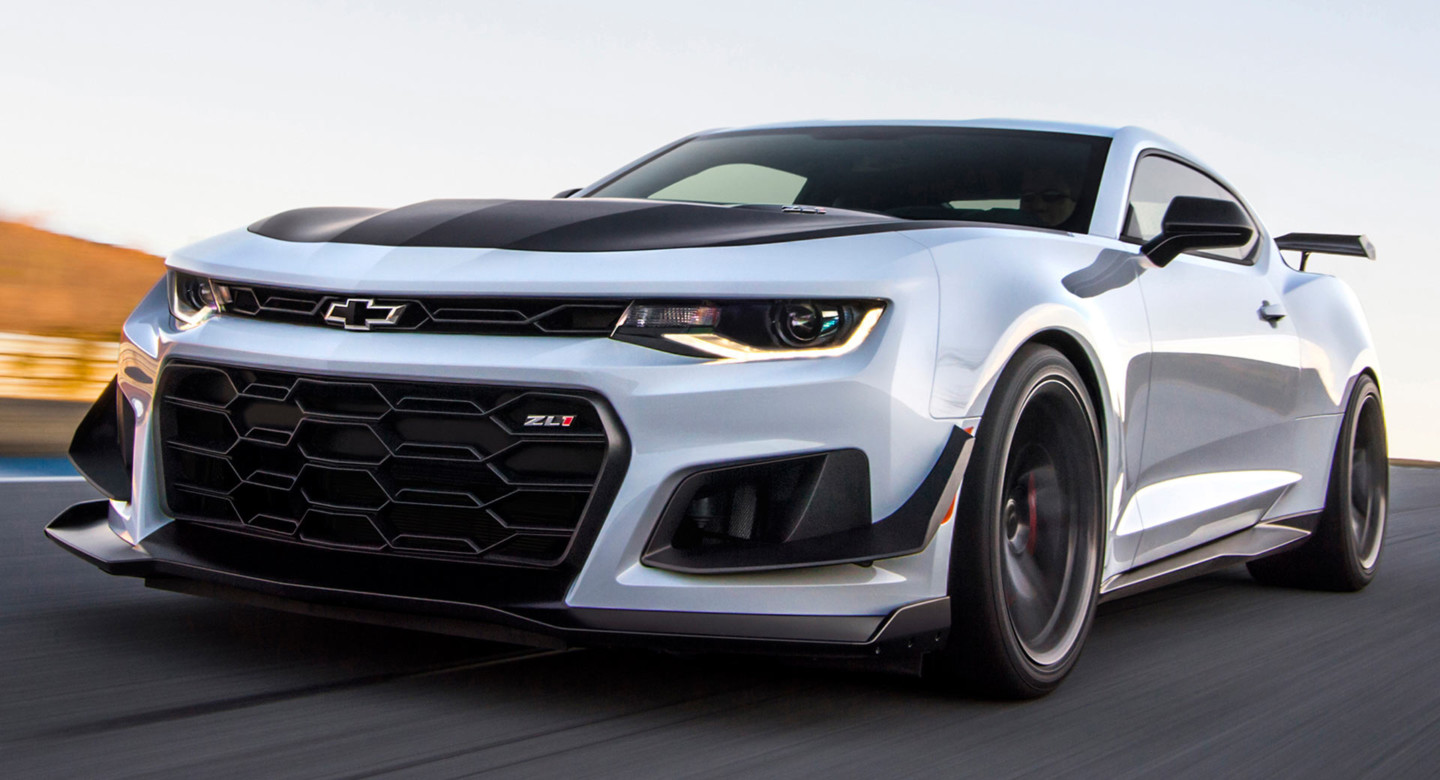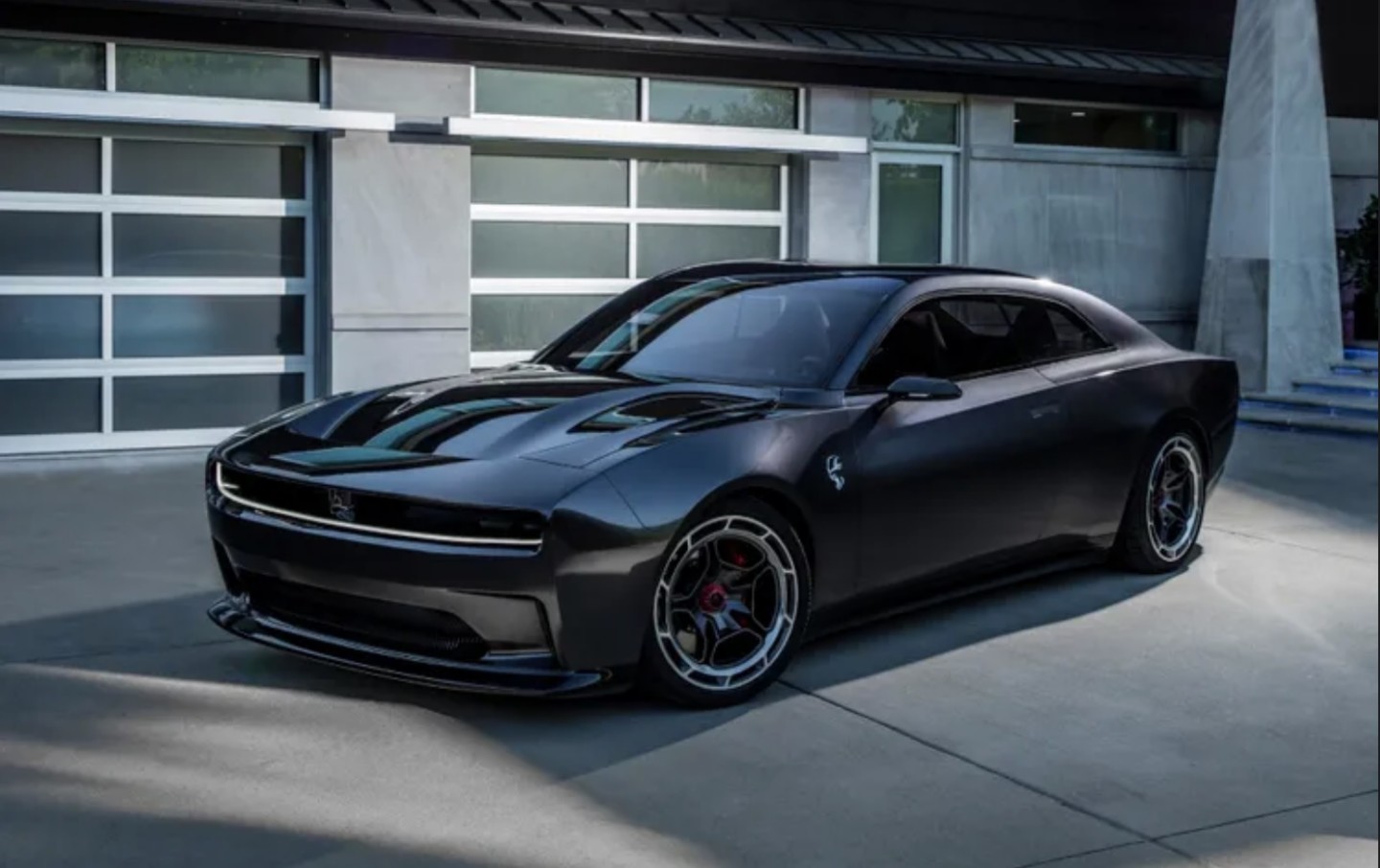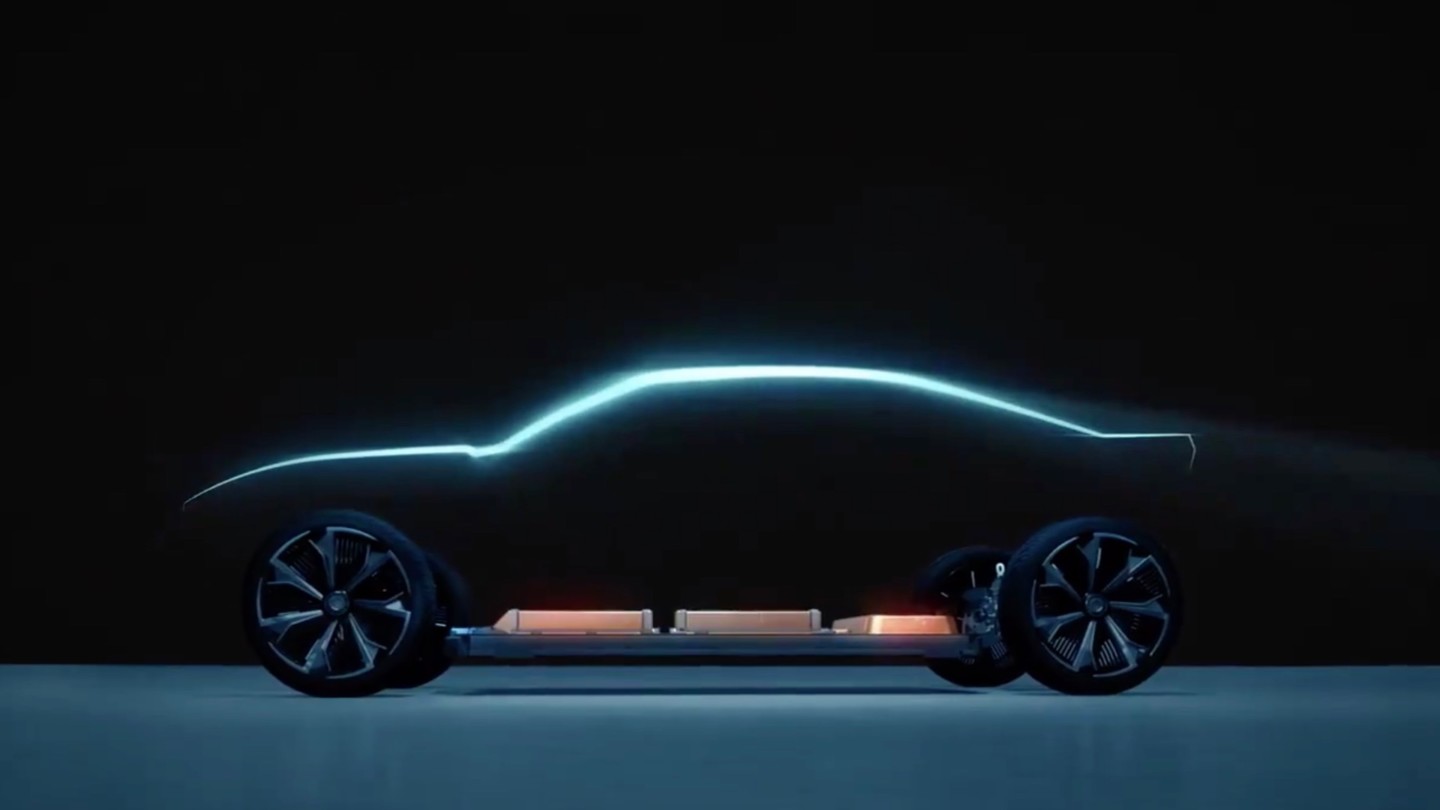When you’re as big as Detroit’s Big 3, every move or misstep is scrutinized by the press and armchair critics. There have been reams of copy written on all the sins of our nation’s automakers, but rarely are there accolades when they hit the bullseye. Obviously, Detroit automakers rule in trucks and SUVs, but not much has been written about their complete and total domination of the sporty coupe segment, aka pony cars.
After Lee Iacocca invented the pony car segment with the Ford Mustang in 1964, GM and Chrysler emulated the formula with the Camaro/Firebird and Barracuda/Challenger respectively, and all soared up the sales charts. When the mid-1970s arrived with emission controls, and federally mandated safety requirements, Detroit began to rest on its laurels with disastrous results.
The Mustang grew from a lithe pony to a hefty Clydesdale and Chrylser’s E-body was emasculated and then euthanized. GM wisely stayed the course and updated the second-generation F-body, but Ford’s Mustang II in 1974 was a misstep, and Chrysler christened a lowly Mitsubishi coupe as a new-age Challenger.
In the meantime, Japan smelled blood in the water and invaded the North American market with an onslaught of pony car competitors. The Toyota Celica, Honda Prelude, Nissan 240SX, Izuzu Impulse, Diamond Star Motors twin, Mitsubishi Starion, Subaru XT, and XVS were suddenly on every corner, and each sale was a bite out of Detroit’s hide. Germany got into the game as well with the Porsche 944, 3-Series, C-Class, and Audi A4. From there, the segment invented by and dominated by Detroit was divvied up into a multinational, multi-slice market.
By the early 1990s, things started to change. GM and Ford fielded new pony cars in 1993 and 1994 respectively, although Chrysler was still peddling rebadged Mitsubishi models. Then, we lost the F-body in 2002, and the domestic pony car market was suddenly a single-entrant segment with the Mustang.
When 2005 came around, we got a new retro Mustang that was heavily steeped in design cues from the 1960s. It was wildly successful and had the country wondering why it took Detroit decades to figure out that folks wanted old-school, instantly recognizable pony cars. Then Chrysler dropped the 2008 Challenger and turned the segment on its ear. Here was a true heir apparent to Mopar’s glorious past, designed and built in North America, with a stinkin’ HEMI no less. It was a smash hit.
With all the commotion from the new retro Mustang and Challenger, General Motors was now fully awake and smelling the barn, if you will. The new Camaro debuted in 2010 with LS power and provocative styling lifted from the classic first generation. The pent-up demand from Bow Tie fans that waited eight long years was palpable, and they snapped up the new model in droves.
Like an asteroid hitting the market, almost all of those previously mentioned Japanese and German pony car competitors went extinct. Not only did Detroit hit the sweet spot with styling and performance, but the cars were light years ahead in assembly quality and drivability.
Then all hell broke loose with a horsepower war that dwarfed anything from the heyday of the 1960s. All of a sudden, 400-800 horsepower variants were commonplace at your local domestic dealer. In fact, we say that the last fifteen years will be remembered as the true golden era of Detroit performance.
Since then, Detroit dominates the sporty coupe market in North America, like it owns the truck and SUV segments. Although Covid-19 crushed demand for all cars, the pony car segment shriveled accordingly but is now starting to pick up. Over the last two decades, Detroit has sold hundreds of thousands of very profitable pony cars with margins that any global automaker would jealously covet.
Fast forward to 2022 and the world is hurtling to an all-electric future. With internal combustion engines on death row, how will Detroit reinvent the pony car for our brave new world? What strategy will prevail, ICE or electric? Staying in the segment and continuing with gas engines or hitting the reset button and going with a clean sheet EV platform? Let’s look at each modern pony car and get to the bottom of this equation.
Dodge recently announced the end of the Challenger, a car along with the Charger, has grown to define the brand. With their “Last Call” marketing blitz, Stellantis will make sure they get top dollar for every Challenger until the last one rolls off the line at the end of 2023. The incredible array of model variants deployed for Challenger is the stuff of legends. When the ICE Challenger goes to the great boneyard in the sky in 2023, it will have had an incredible 15-year production run. Heavy doses of marketing adrenochrome have kept this old muscle car atop the sales charts way past its expiration date and will be studied by marketing majors for years to come.
Stellantis showed a two-door electric Charger based on their new STLA EV platform and widely ballyhooed it as the future of the muscle car. A key distinction here is they did not show a Challenger concept, but for the sake of this argument, let’s say that we will see a replacement for the current car.
Dodge is abandoning the ICE pony car segment and going all-in on electric propulsion. Say goodbye to the HEMI and LX-based performance cars, sorry guys.
Over at GM, Chevrolet has been vague about the Camaro’s future with speculation that 2023 will be its last year, and it will be reincarnated as a Mach-E type, electric CUV based on the Ultium platform. Although that may sound heinous, we think that is unlikely for three reasons. First, GM has shown Ultium marketing videos that clearly give a sneak peek at an Ultium-based coupe. Second, with the exception of the Malibu and C8 Corvette, Chevrolet’s current lineup is all crossovers, SUVs, and trucks. They hardly need another CUV and besides, the new Ultium-based Blazer will be the Mach-E fighter in Chevrolet’s portfolio.
Lastly, Al Oppenheiser, the father of the sixth-gen Camaro platform, the best performance platform in North America (in our humble opinion,) was formally moved over to electric vehicle development at GM. In our view, that bodes well for a new-age Camaro.
GM has made no bones that it’s going all-electric, and the sixth-gen Camaro will be the last ICE-powered GM pony car. Consider them out of the ICE sporty coupe market for good.
That leaves Ford, which is all-in with ICE Mustangs, at least for the lifecycle of the current car. The Mustang is a key element of Ford’s DNA not only here in North America, but globally as well. Since 2005, the Mustang has just gotten better and better, with its fanbase following suit. The new S650 variant is merely an updated S550 platform with revised styling and an interior with screens everywhere but successfully reboots the brand.
More importantly, Ford is the only player straddling the old and new automotive landscape by offering both an ICE Mustang and the electric variant Mach-E. Many people think the Mach-E should have been named something else, and we wholeheartedly disagree. The dust-up surrounding the name created an enormous buzz around the Mach-E and when the commotion settled, it proved to be a way for Ford to retain its market leadership with the ICE Mustang and wade into electric offerings without throwing the baby out with the bathwater. A very clever move.
Ford has BOTH bases covered and can pivot between the S655 ICE model and the electric Mach-E.
So who will inherit the keys to the pony car corral? The pony car market segment, while not immune to automotive taste and trends, is a very profitable slice of the auto market, and someone will end up winning the lion’s share of the sales. From our perspective, the winner will choose one of two paths. To be at the forefront of technology or stick to their guns and be the only offering in the traditional segment with no competitors.
GM and Stellantis are choosing the all-electric, new technology path. While this may seem sacrilegious to some, the EV movement is coming, and like darkness after dusk, there is nothing we can do to stop it. I know some here will arch their backs and fight this tooth and nail, but a new Challenger or Camaro that could do a sub-10 second quarter-mile from the factory while retaining all pony car attributes would be a potent aphrodisiac for modern car buyers. Besides, the fastest pony car is the best pony car, yes?
On the other hand, Ford has all its bases covered. With a two-model Mustang line-up, it has built a buffer from the rapidly changing winds of the modern automotive landscape. The only problem with this strategy is if Chevy or Dodge field pony cars with game-changing performance. The ICE Mustang could be deemed woefully obsolete overnight and with a non-Mach-E replacement, a model cycle away, that’s light years in today’s maelstrom car industry. Almost like a horse and buggy compared to Ford’s embryonic automobile at the dawn of the 20th century.
Bottom Line – For now, we say Ford will retain the keys to the pony car corral. But like everything these days in our brave new world, that could change in an instant.


